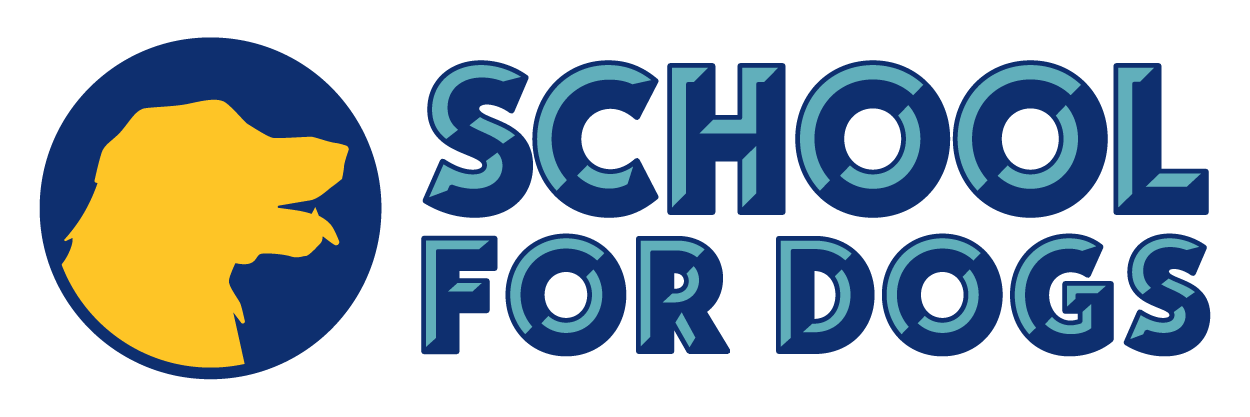
So, you’re working on training your dog, and you’ve heard the word “cue” thrown around a lot. But what exactly is a cue, and how do you use it to help your dog understand what you’re asking? Think of a cue as your dog’s “lightbulb moment”—it’s the signal that tells them, “Hey, this is what I want you to do!” Whether it’s a word, a hand signal, or even something in their environment, dog training cues are the key to clear communication.
What is a cue?
When we’re talking about dog training, a cue is essentially anything that elicits a behavior from an animal – it can be something in the environment, a physical movement you do, or a word you say to them.
When should you add a verbal cue?
We don’t want to name the behavior until the dog understands exactly what we’re asking for. Once they are able to consistently offer the behavior then you can pair the verbal cue with the physical cue you used when you were initially training the behavior. This is a critical step in mastering dog training cues and ensuring your dog responds reliably.
For example, if you’re luring a dog down then you want to know that the dog has the muscle memory for the behavior by the time you start to say “down”. This could look like successfully luring it 3-4 times and then verbally cuing “down” the next time as they’re performing the behavior.
Once you’ve added the verbal cue, you can start to fade the physical cue so you can ask for it with just the verbal cue.
Fading the Physical Cue / Hand Signal
To fade the physical cue, you’re going to start by making your movements slightly smaller. So if your hand signal for down was practically touching the ground, your next step would be to stop around your ankle and see if they can still do it. If they can, great! If they can’t do it when you stop at your ankle, move your hand an inch or two closer to the ground and find the tipping point where they can succeed – that’s your starting point! Stay there for a few repetitions and then stop a few inches further from the floor and do it again. Keep going in small increments until you are happy with the final physical cue – this will likely take several training sessions!
Then to get them to where they aren’t reliant on the physical cue, you can start verbally cuing the behavior immediately before doing the hand signal they know – so it would look like “down” and then your physical cue – until you can say down (or any other behavior) and have them anticipate exactly what you’re asking for.
Say It Once
When working with dogs, it’s best to say your training cue one time and try to avoid repeating yourself.
But why?
- If you habitually repeat yourself, your dog may start to learn that the cue for sit isn’t “sit” but instead is “sit sit sit” because that’s what they’ve inadvertently been taught.
- Nobody likes repeating themselves – and the more we do it the more frustrated we tend to get. There’s no benefit to anyone in unintentionally increasing your frustration levels when you’re working with your dog.
If the dog doesn’t listen the first time you say it, look around and ask yourself WHY. Is there something in the environment that’s making it too hard for them to hear and comply? When that happens, take a step back and see what they CAN do. Can they just engage with you? Great! Now that they’re engaged, ask for an easy behavior and see if they can do it. If they still can’t do it or can’t even engage with you then you might need to create some space between them and The Distraction to make it easier for them to succeed.
Unique Cues
As a slight aside, it can be confusing to our dogs if we expect them to understand that one cue can mean multiple different things. The most common example I see of this is with people using down to mean both “paws on the floor” after a dog has jumped as well as laying down. Using unique dog training cues for each behavior helps make our expectations clear so they can successfully follow through on what you’re asking for. In this example, I would recommend “off” for four on the floor and “down” for lay down.
Learn more about our services and view our current class schedule HERE.
